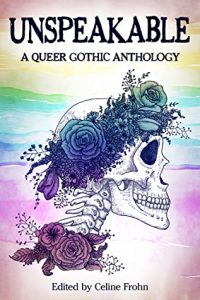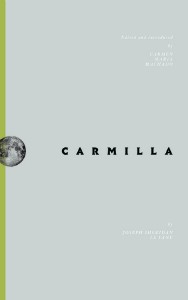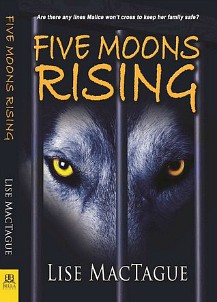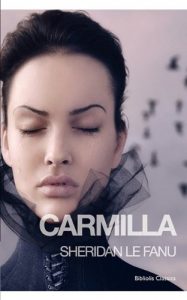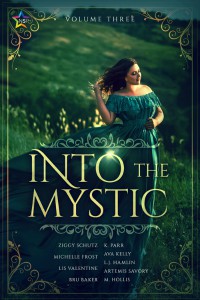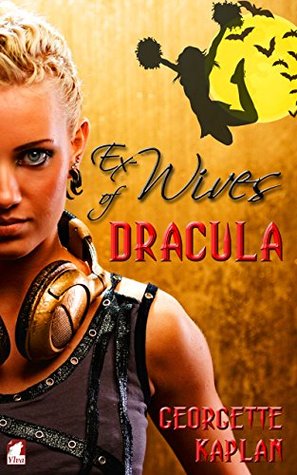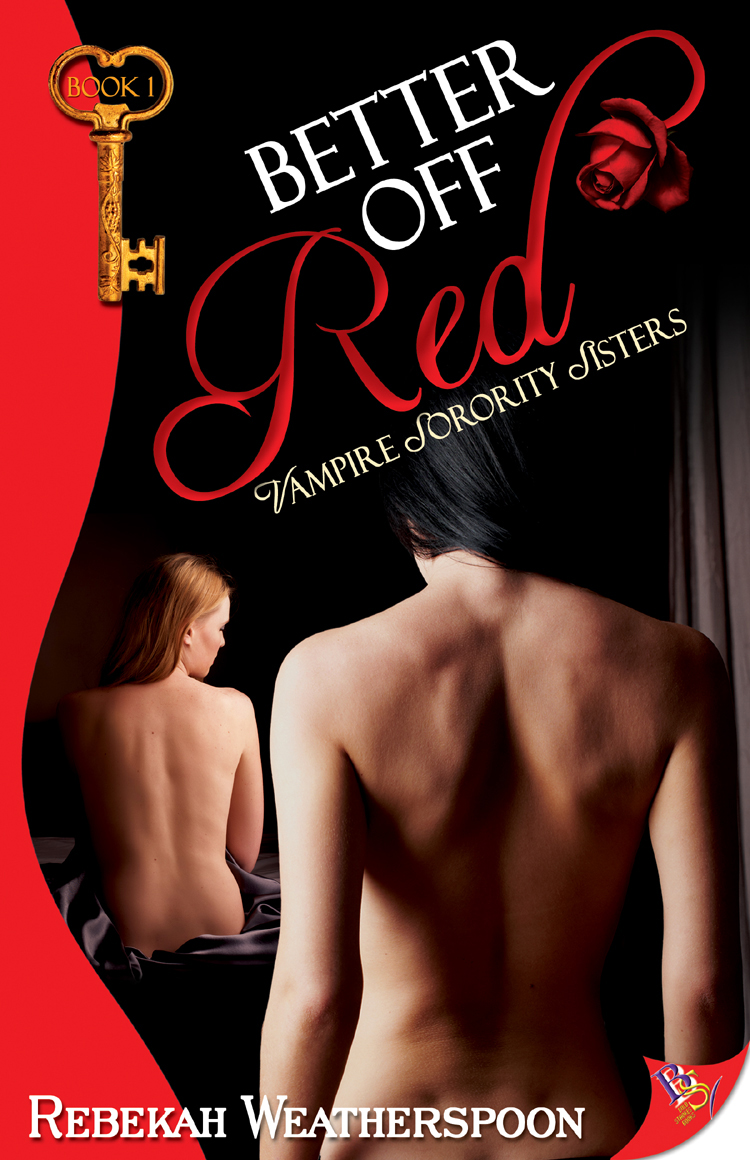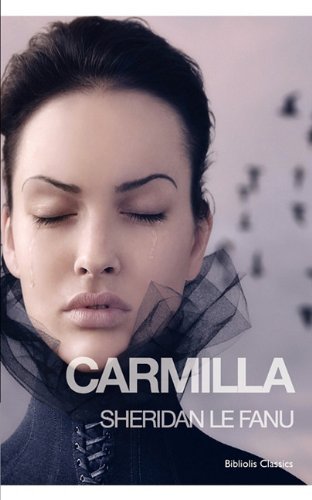
Haunted mansions! Thunder and lightning! Brooding antiheroes! Women running down corridors wearing long white gowns! I love the tropes of Gothic literature: they’re campy, they’re spooky, they’re sexy. What more could you possibly want from a genre? Well, sapphic romance, obviously.
As it happens, the Gothic is a pretty gay genre to begin with. Its themes of buried secrets, psychological crisis, and the instability of social boundaries all lend themselves perfectly to queer narratives. Despite this, I’ve always found it difficult to find recommendations for specifically lesbian and bi women’s Gothic literature online. But, dear reader, you don’t need to share my plight: I’ve done the work for you! Here is a selection of ten great Gothic works with sapphic characters to get you started with the genre…
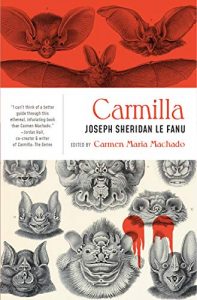 Carmilla by J. Sheridan Le Fanu
Carmilla by J. Sheridan Le Fanu
A classic of 19th century Gothic literature, Carmilla is one of the earliest examples of vampire fiction. Laura and her father live in Styria in the remote Austrian countryside. When a mysterious carriage crashes outside their castle, they agree to take in one of its passengers, a frail girl named Carmilla. Laura and Carmilla are immediate friends, but as the relationship grows more and more intense, Laura’s health starts to decline and Carmilla’s to improve – almost as if Carmilla is sucking the life out of her host.
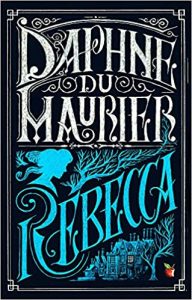 Rebecca by Daphne du Maurier
Rebecca by Daphne du Maurier
After a holiday romance with the handsome widower Max de Winter, his new bride returns with him to his country estate. Instead of being made welcome, she soon realises that her new home is ‘haunted’ by Max’s first wife, Rebecca, whose memory is kept alive by the loyal housekeeper Mrs Danvers. As the bride realises that she doesn’t know her husband at all, she starts to wonder just what happened to Rebecca. Although this isn’t an explicitly lesbian novel, it’s a cornerstone of the Lesbian Gothic: besides the heavy implication that Mrs Danvers was in love with Rebecca, the novel is also steeped with du Maurier’s repressed feelings for women – with whom she would have affairs later in her life.
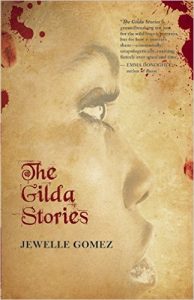 The Gilda Stories by Jewelle Gomez
The Gilda Stories by Jewelle Gomez
In 1850s Louisiana, Gilda escapes slavery and finds sanctuary with two brothel-women who also happen to be vampires. After being initiated into eternal life, Gilda spends the next 200 years living through African American history (and future), searching for community and somewhere to call home. With its exploration of race, sexuality and identity, The Gilda Stories was a completely new take on vampire fiction when it was first published in 1991, and it still feels as fresh today.
 Fingersmith by Sarah Waters
Fingersmith by Sarah Waters
Fingersmith is the fantastic Dickensian novel behind both the BBC miniseries of the same name, and Park Chan-wook’s The Handmaiden. Raised amidst thieves in the slums of Victorian London, Sue Trinder is happy to help when Gentleman – a conman and family friend – calls on her with a plan. Sue will pose as a lady’s maid to help Gentleman seduce the wealthy heiress Maud Lilly. After the two are wed and Maud’s inheritance is secure, Gentleman will have her committed to an asylum and split the winnings with Sue. However, Sue grows fond of her new ‘mistress’, and things aren’t as simple as they first seemed.
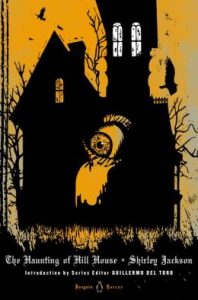 The Haunting of Hill House by Shirley Jackson
The Haunting of Hill House by Shirley Jackson
Four strangers – one of them the paranormal investigator Dr Montague – plan to stay at a notoriously haunted house, with the aim of discovering empirical proof of the supernatural. The four make friends quickly, and Eleanor, a fragile young woman with a history with poltergeists, is especially drawn to Theodora, who is fresh out of a quarrel with her female ‘roommate’. The group are faced with spooky occurrences that grow ever more sinister as the night progresses, until it seems that the house itself is plotting against them.
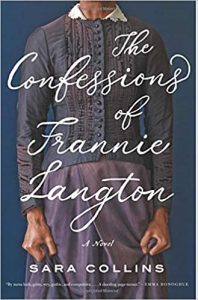 The Confessions of Frannie Langton by Sara Collins
The Confessions of Frannie Langton by Sara Collins
Frannie Langton, a servant and former slave, stands accused of murdering her employers. Although she can’t remember anything that happened on that fateful night, she knows that she couldn’t have done it – because she was in love with her mistress. Slipping between a childhood on a Jamaican sugar plantation and her domestic service in Georgian London, Frannie’s defense is her life story – a story that exposes crimes far greater than a couple of murders, committed in the name of science and empire.
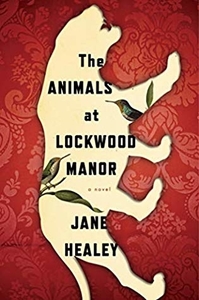 The Animals at Lockwood Manor by Jane Healey
The Animals at Lockwood Manor by Jane Healey
During the London Blitz, the Natural History Museum’s collection of taxidermied mammals are evacuated to the countryside, along with newly-promoted director Hetty Cartwright. Their new home is the creepy Lockwood Manor, presided over by the bullying Major Lockwood and his troubled daughter Lucy. Lucy walks the house at night and has nightmares of la diablesse – a devil-woman in white that haunts the manor. Despite Hetty’s burgeoning friendship with Lucy, her residence at Lockwood grows impossible when the animals start to move about on their own.
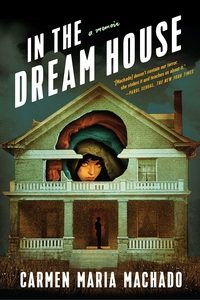 In the Dream House by Carmen Maria Machado
In the Dream House by Carmen Maria Machado
Studying at the Iowa writers’ school in her late 20s, Carmen Maria Machado met ‘the woman in the dream house’ – a petite blonde Harvard grad living in a cabin in Bloomington, Indiana. What began as a passionate relationship turned sour when the woman became psychologically and physically abusive, and the ‘dream house’ became a nightmare setting. Machado recounts her own experience while also examining the history and study of abusive romantic relationships between women, in a genre-defying work that blends memoir, gothic literature, academic study, and short stories.
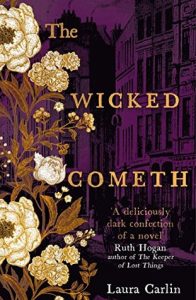 The Wicked Cometh by Laura Carlin
The Wicked Cometh by Laura Carlin
Against a backdrop of Georgian London, where the city’s poor inhabitants can disappear with no questions asked, Hester White is desperate to escape poverty. When she gets caught under the wheels of Calder Brock’s carriage, she seizes her chance to be taken in by his aristocratic family, including the fierce Rebekah Brock. Rebekah tutors her in the ways of gentility – although she seems interested in more than just Hester’s education. Then Hester receives a note telling her to leave before she gets hurt. Together, Rebekah and Hester begin to uncover a dark web of penny dreadful-worthy mystery and crime with Calder at its centre.
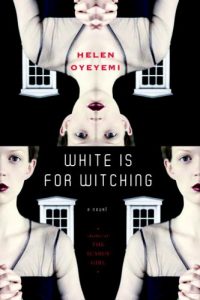 White is for Witching by Helen Oyeyemi
White is for Witching by Helen Oyeyemi
In a vast house on the cliffs of Dover, twins Miranda and Eliot are in mourning for their recently-departed mother. In the wake of the tragedy, Miranda develops the eating disorder pica – where she hungers for inedible substances like chalk, dirt and plastic – and begins to hear the voices of women trapped in the walls of the house. Then one night she vanishes, leaving behind her loved ones, including her girlfriend Ore, her father Luc, and the house itself, to tell the story.

